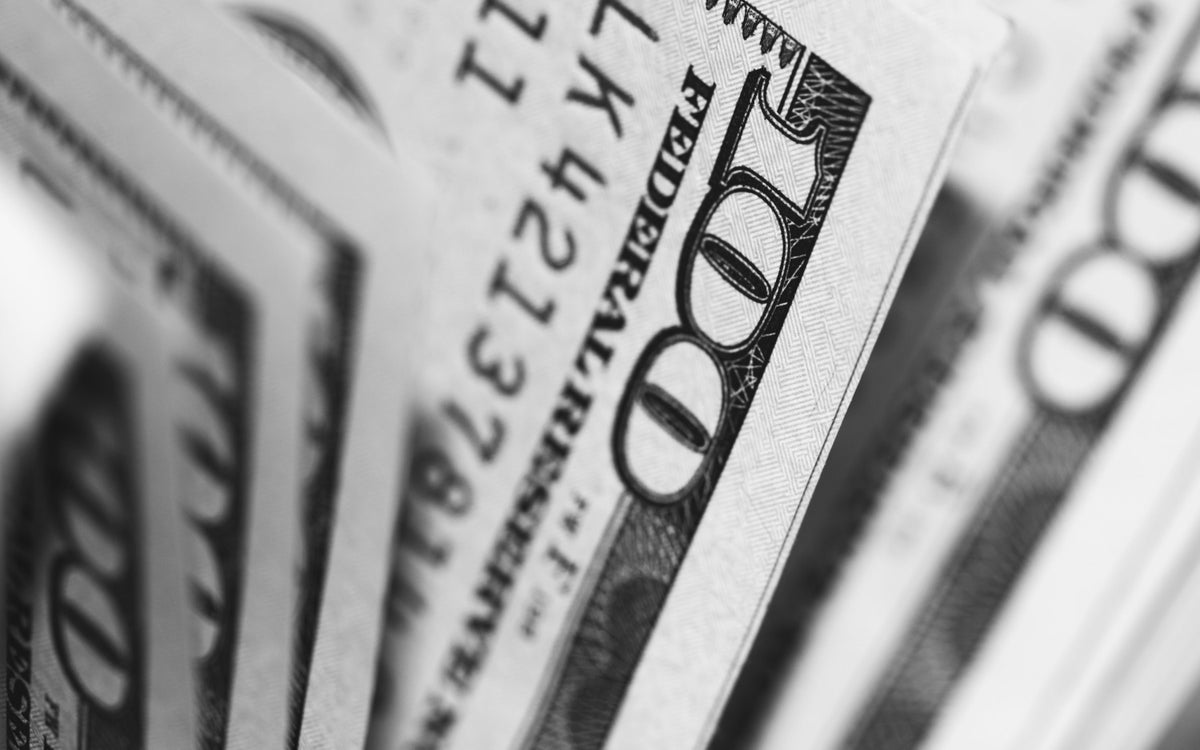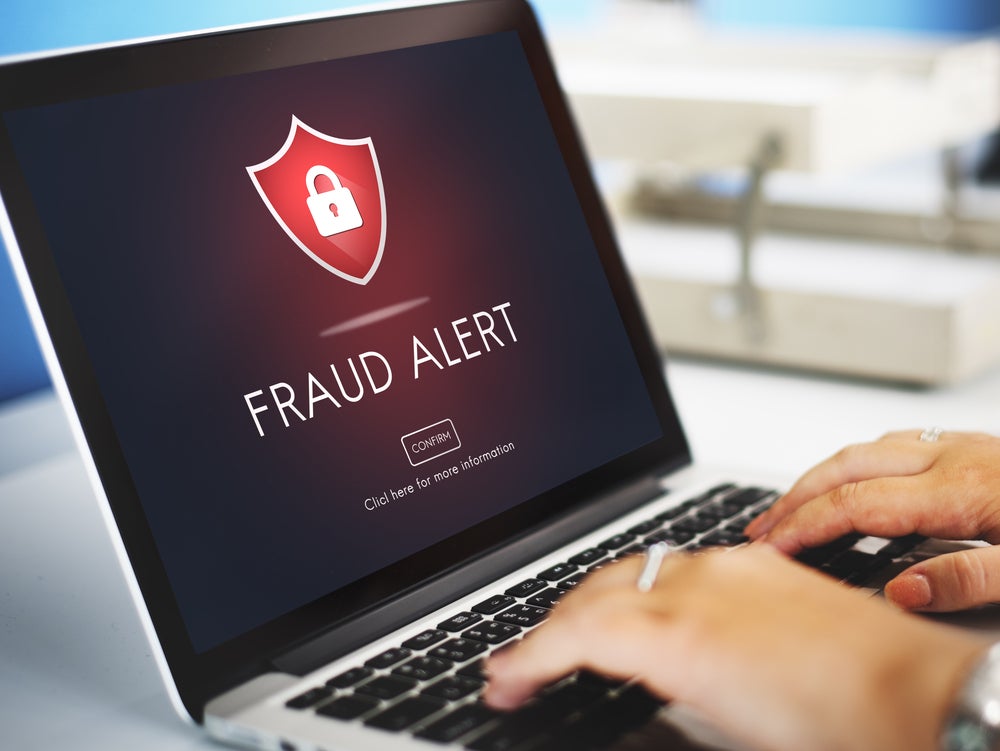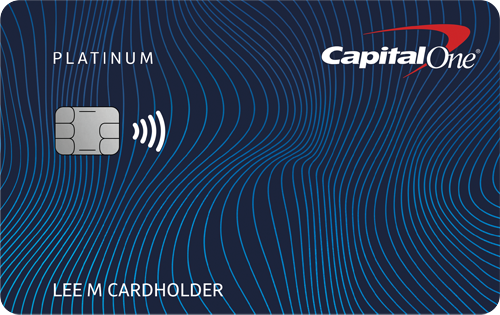Jessica Merritt
Jessica Merritt
Senior Editor & Content Contributor
273 Published Articles 987 Edited Articles
Countries Visited: 4U.S. States Visited: 23
A long-time points and miles student, Jessica is the former Personal Finance Managing Editor at U.S. News and World Report and is passionate about helping consumers fund their travels for as little ca...
Edited by: Keri Stooksbury
Keri Stooksbury
Editor-in-Chief
113 Published Articles 3842 Edited Articles
Countries Visited: 54U.S. States Visited: 28
Editing with Upgraded Points for over 6 years, as editor-in-chief, Keri manages the editorial calendar and oversees the efforts of the editing team and over 20 content contributors, reviewing thousand...
& Kellie Jez
Kellie Jez
Director of Operations
6 Published Articles 1246 Edited Articles
Countries Visited: 10U.S. States Visited: 20
Kellie’s professional experience has led her to a deep passion for compliance, data reporting, and process improvement. Kellie’s learned the ins and outs of the points and miles world and leads UP’s c...
![What Is a Penalty APR? [Can You Afford Being Stung by This Cost?]](https://upgradedpoints.com/wp-content/uploads/2023/01/Woman-working-on-taxes-with-a-calculator-phone-coffee-and-glasses.jpg?auto=webp&disable=upscale&width=1200)




